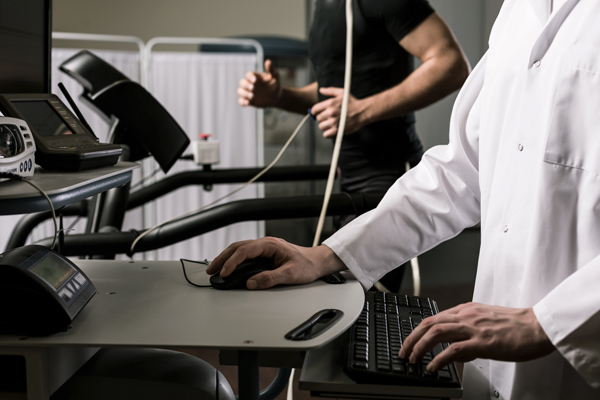![]()
Blog @ SunTech
Advice from the BP Measurement Experts
You’re Doing It Wrong: New Study on BP Measurement
 A new study1 published in the Journal of Clinical Hypertension has reached the conclusion that when it comes to proper blood pressure (BP) measurement technique, most clinicians just aren’t very good at it. According to the authors, Minor et al, the purpose of the study was to “assess BP measurement accuracy and the level of adherence to recommended techniques throughout a large academic health science center.” As it turns out, the results were poor on both fronts and their statistical analysis indicates that technique does indeed impact accuracy.
A new study1 published in the Journal of Clinical Hypertension has reached the conclusion that when it comes to proper blood pressure (BP) measurement technique, most clinicians just aren’t very good at it. According to the authors, Minor et al, the purpose of the study was to “assess BP measurement accuracy and the level of adherence to recommended techniques throughout a large academic health science center.” As it turns out, the results were poor on both fronts and their statistical analysis indicates that technique does indeed impact accuracy.
"...not one single patient had their arm circumference measured."Clinic site personnel were observed measuring patient BP so that setting, technique and BP results were noted. Then a trained observer repeated the BP measurement, being sure to follow the American Heart Association (AHA) guidelines. A significant difference was apparent between measurements taken by site personnel and the trained observer with site personnel reporting an average increased systolic BP of nearly 6 mmHg and a decreased diastolic BP of -3 mmHg. While the differences observed are concerning, the degree to which proper technique was ignored is just as alarming.
Data collected for assessing technique included patient rest time, patient activity during BP measurement, use of bare vs covered arm, arm positioning and patient positioning. Cuff deflation rate, mentioned in a previous blog post as extremely important to manual BP measurement, was not considered since most of the BP measurements were taken with automated devices that control deflation. The table below details some of the observation data collected on technique.
| Observations | Patients | Percent (%) |
| Measured arm circumference | 0 | 0% |
| Clothing/Sleeve interference | 30 | 25% |
| Out of position/posture | 18 | 15% |
| Conversation w/patient | 48 | 40% |
| Bare Arm (no) | 49 | 41% |
| Arm/cuff at heart level (no) | 89 | 75% |
| Feet flat (no) | 77 | 65% |
| Clinic rest time (no) | 117 | 98% |
After reviewing the table above, two statistics jumped out at us. First, was the fact that 98% of the patients were not given proper time to rest before a BP was taken. Second, was that not one single patient had their arm circumference measured. Now, we know from previous studies on BP technique that one of the most common issues affecting BP accuracy is using the incorrect cuff size. But when not a single member of the clinical staff bothers to measure a patient’s arm, this problem may be much worse than we realized. As the authors concluded, these findings probably reflect common problems throughout healthcare and highlight the need for increased vigilance and training to ensure accurate assessment of BP.
Inaccurate BP measurement can have significant effects, particularly for patients that are close to diagnostic threshold levels. Taking the time to make sure that we are doing it right helps to avoid unnecessary costs, inappropriate treatment and missed diagnoses.
1. Minor DS, Butler KR, Artman KL, et al. Evaluation of Blood Pressure Measurement and Agreement in an Academic Health Sciences Center. J Clin Hypertens. 2012;14:222-227.
Interested in getting more SunTech news, product info, as well as
tips, tricks, and insights from BP experts?
Sign up to get fresh content delivered direct to your inbox.



